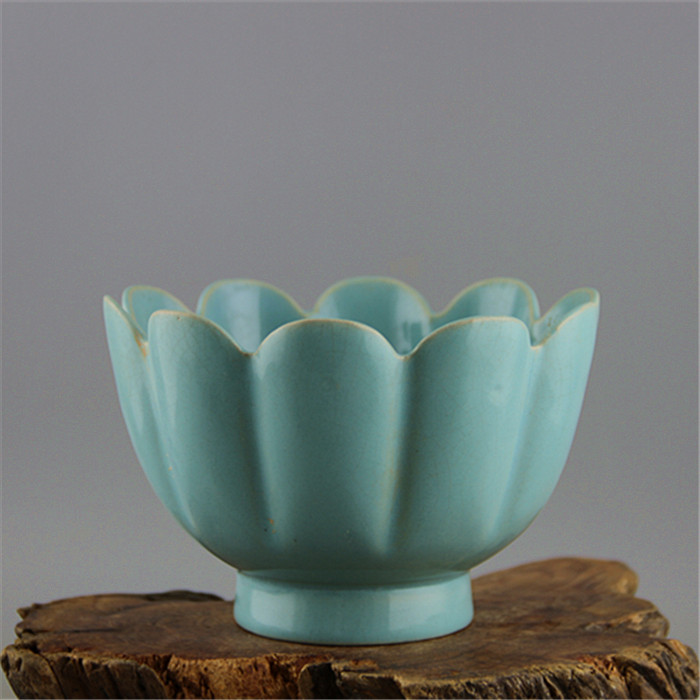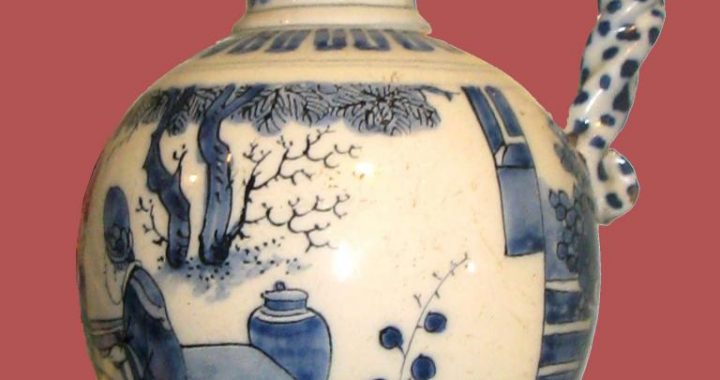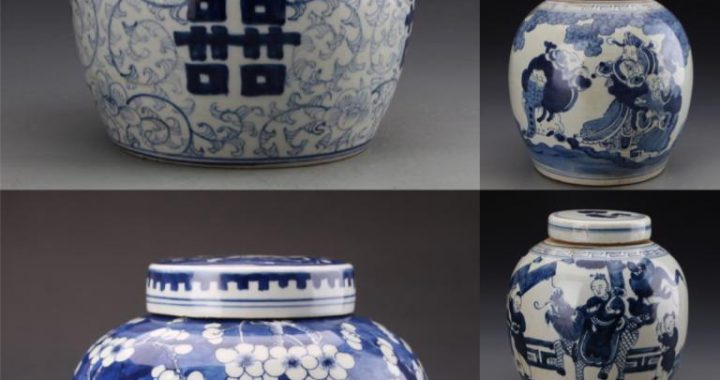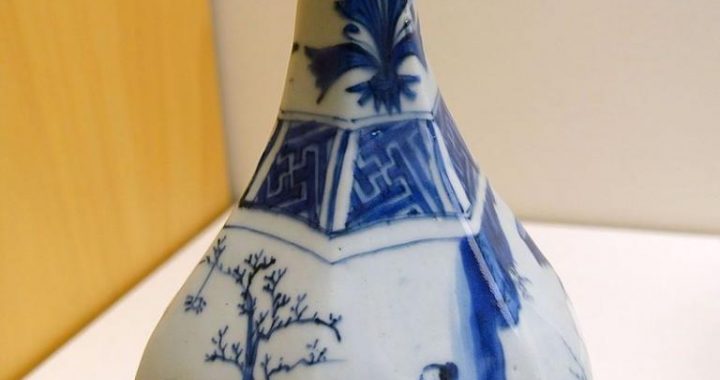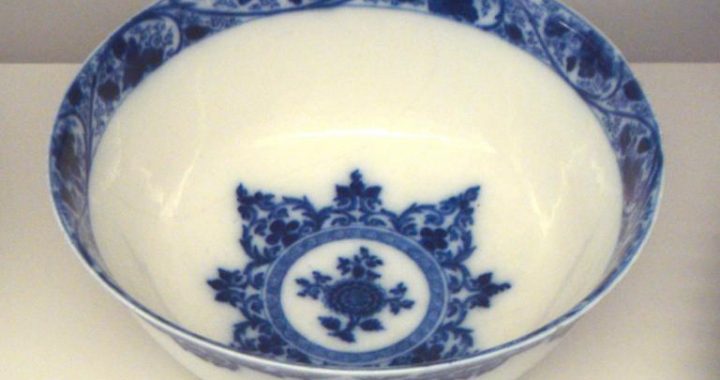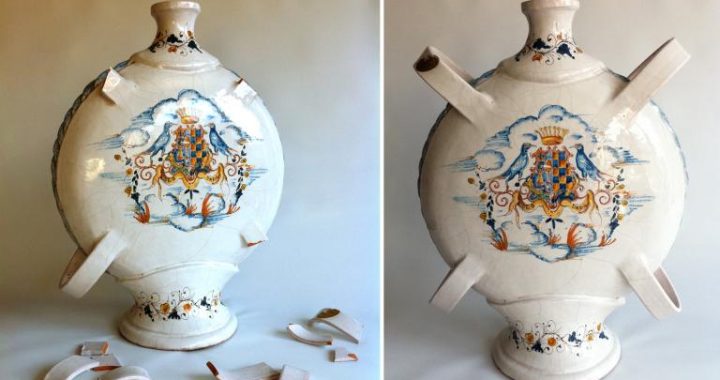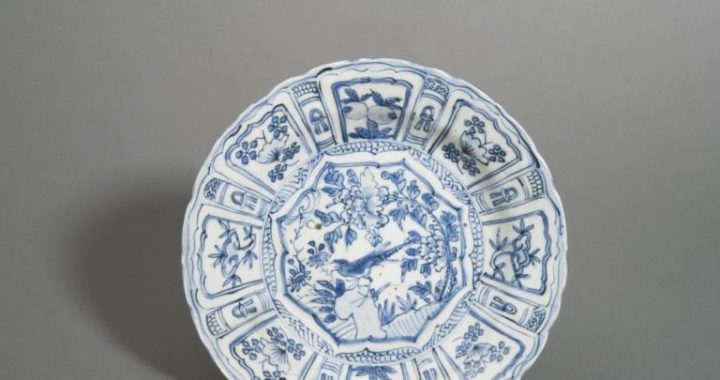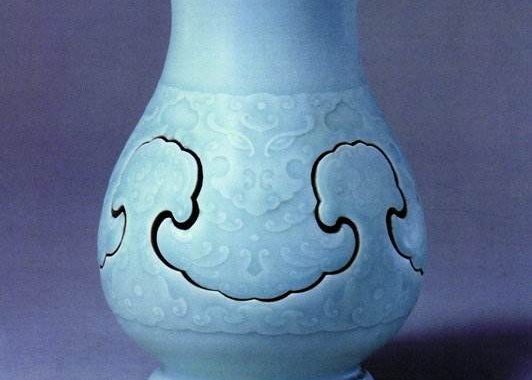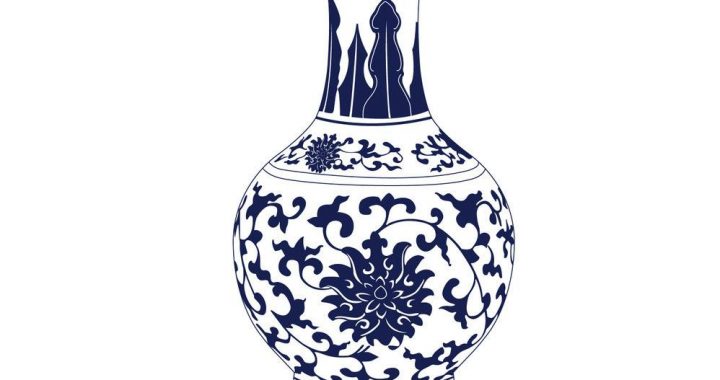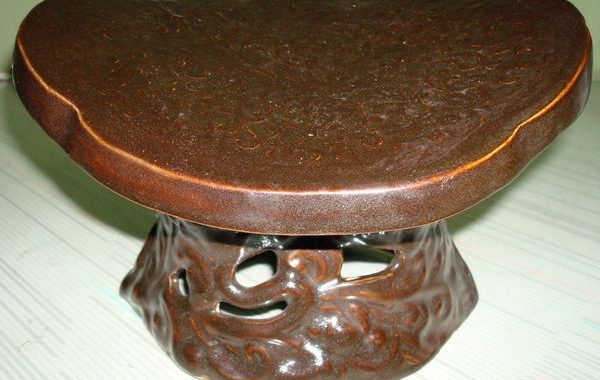Ru Kiln in Song Dynasty
3 min readThe prosperity of the Song porcelain industry was characterized by diversity.During that time,the simple distribution of“celadon in the south and white porcelain in the north”was replaced by eight different porcelain types,among which the Ru kiln,Guan kiln,Ge kiln,Ding kiln and Jun kiln were the most outstanding,and hence collectively named as five famous kilns.
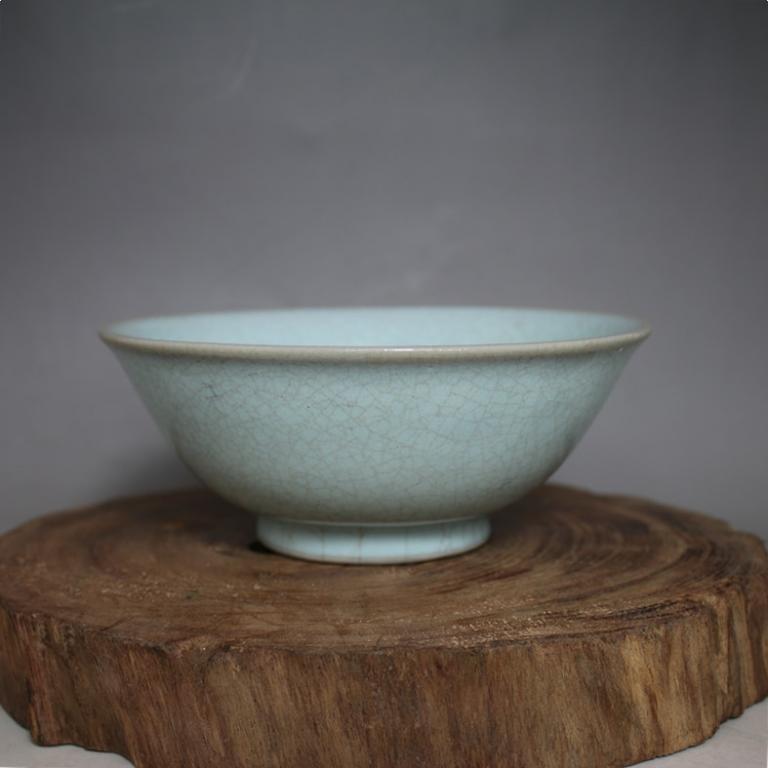
1)Five Famous Kilns
①Ru Kiln
Porcelain wares produced by Ru kiln,which is also known as Ru official kiln,are the best epitomizer among the five famous kilns of the aesthetic style of Song dynasty.Though Ru kiln was repeatedly mentioned in notes written by Song literati,archeologists were once obsessed with the exact location of its site until the discovery of Qingliangsi site at Baofeng,Henan in 1980s.
Nonetheless,as Ru kiln only functioned for about twenty years,only a few Ru wares have been handed down,and people in the Southern Song dynasty already sighed for their uncommonness.Such rarity made Ru kiln more mysterious and attractive,and it has always been placed at the top of the five famous kilns.
The seal marks on Ru wares,such as characters(fenghua)and(cai),indicate the names of their owners who possessed extensive political power in the Song court,and further reflect the high status enjoyed by the Ru products.
The preciousness of Ru wares lies not only in their rareness,but also in their refined and unique craftsmanship,which emphasizes on delicate shapes and soft glaze rather than intricate decorations.As described by people,the colour of Ru products is as green as sky and their texture as lustrous as jade.Such freshness and plainness fully meet the prevailing aesthetic standard of the Song dynasty.
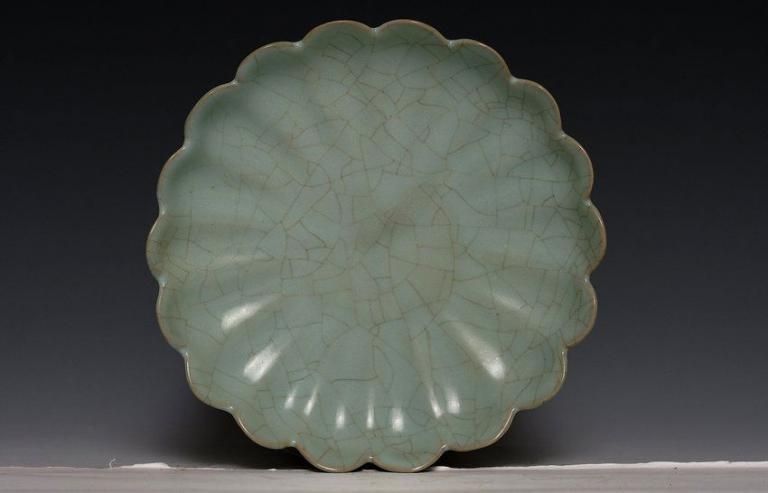
Then, what is the particularity of Ru glaze? Fragmental clues in extant literature indicate that agate was mixed into the Ru glaze, and only the remainders from imperial selection could be sold on the market. Though we are still not certain whether agate was indeed added in the glaze, or what influence it had on the glaze, the record of adding valuable agate into Ru glaze manifests the specialty of its production techniques.
Ru ware presents a grayish body, while opaque sky-blue that is slightly emulsible, is its most classic and reputed glaze colour, bearing few similarities with glass. The flourishing of this kind of tint was inseparable from the aesthetic taste of Emperor Huizong of the Song dynasty, who was a zealous Taoist, and flaunted himself as the hierarch. Deeply influenced by the Taoist pursuit of nature and tranquility, he favored the peaceful and natural sky-blue colour as a spiritual aspiration.
The royal preference on Ru kiln also derived from itsexquisite firing technique. As mentioned in historical documents, different from the upside down firing technique applied by Ding kiln, which left the mouth rims of products unglazed, Ru kiln adopted the stack firing technique, thus the whole body of the product is glazed except some tiny spur marks at the bottom. Due to such advantage, Ru kiln won people’s preference over Ding kiln.
Only a few dozens of Ru wares survive to the present day, and are collected by a number of major museums across the world. Nonetheless, there is another type of porcelain that is even rarer-wares of Chai kiln. In another version of the five famous kilns, Chai kiln replaces Jun kiln, and is ranked as the top. In fact, it is so rare that no one has ever seen a real Chai ware, whose charm can only be appreciated through literature.
Chai kiln is believed to be the official kiln of Chai Rong, Emperor Shizong of the Later Zhou dynasty, whom it was named after. According to literature, Chai Rong demanded the colour of Chai wares to imitate the bluish sky freshly cleansed by rain, and with a little sunshine revealing from the cloud. What a joy it would be to feast one’s eyes on mirror-like azure sky, which becomes pure and fresh when the sun shines again after rain! Therefore, the style of Chai porcelain would be similar to wares of Ru kiln, and ifsuch works do exist, they fully deserve to be ranked as the supreme porcelain in the world. Unfortunately, so far neither the kiln site nor any authentic Chai wares have been discovered, and we are only able to find its traces through historical documents.
